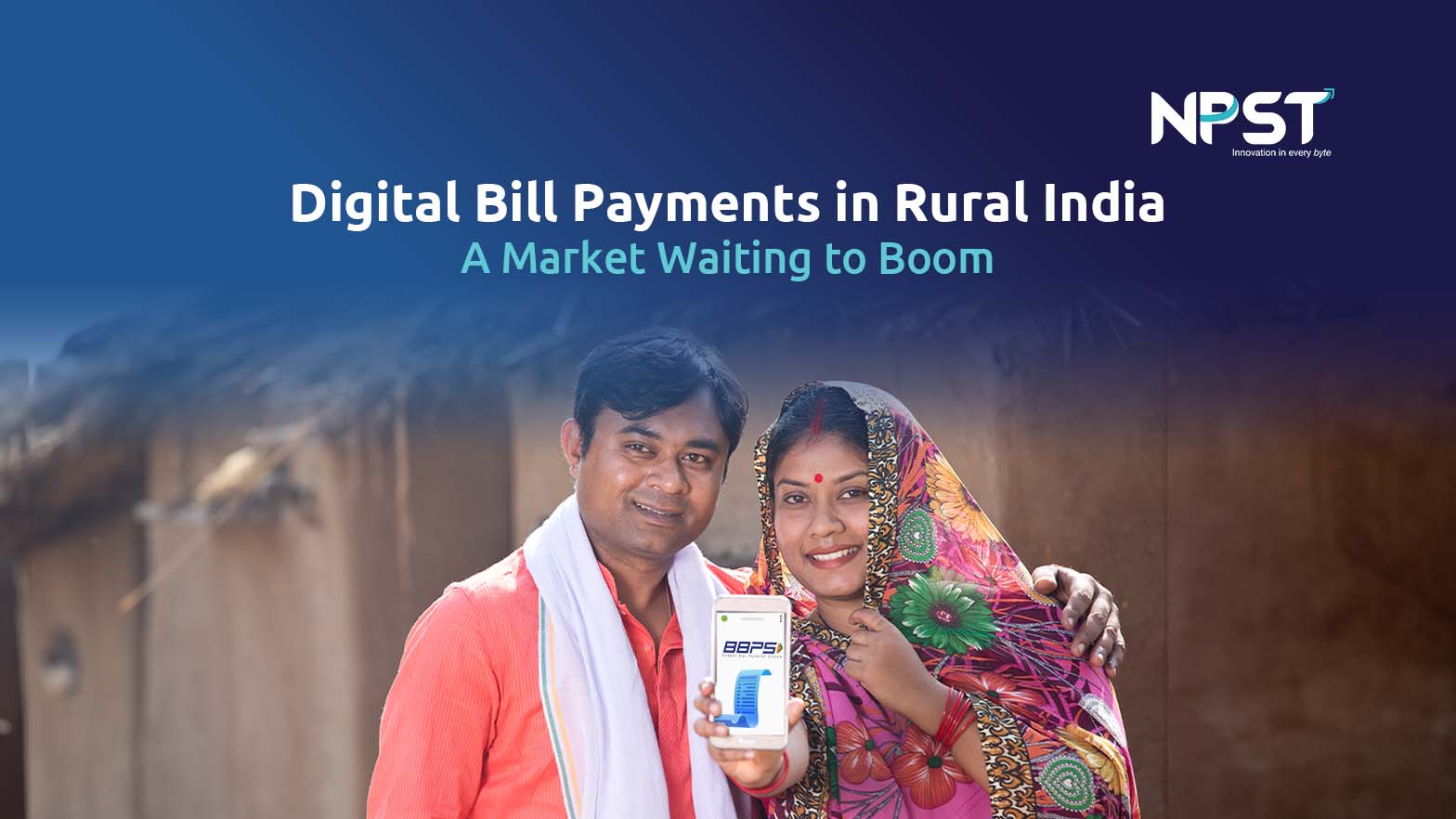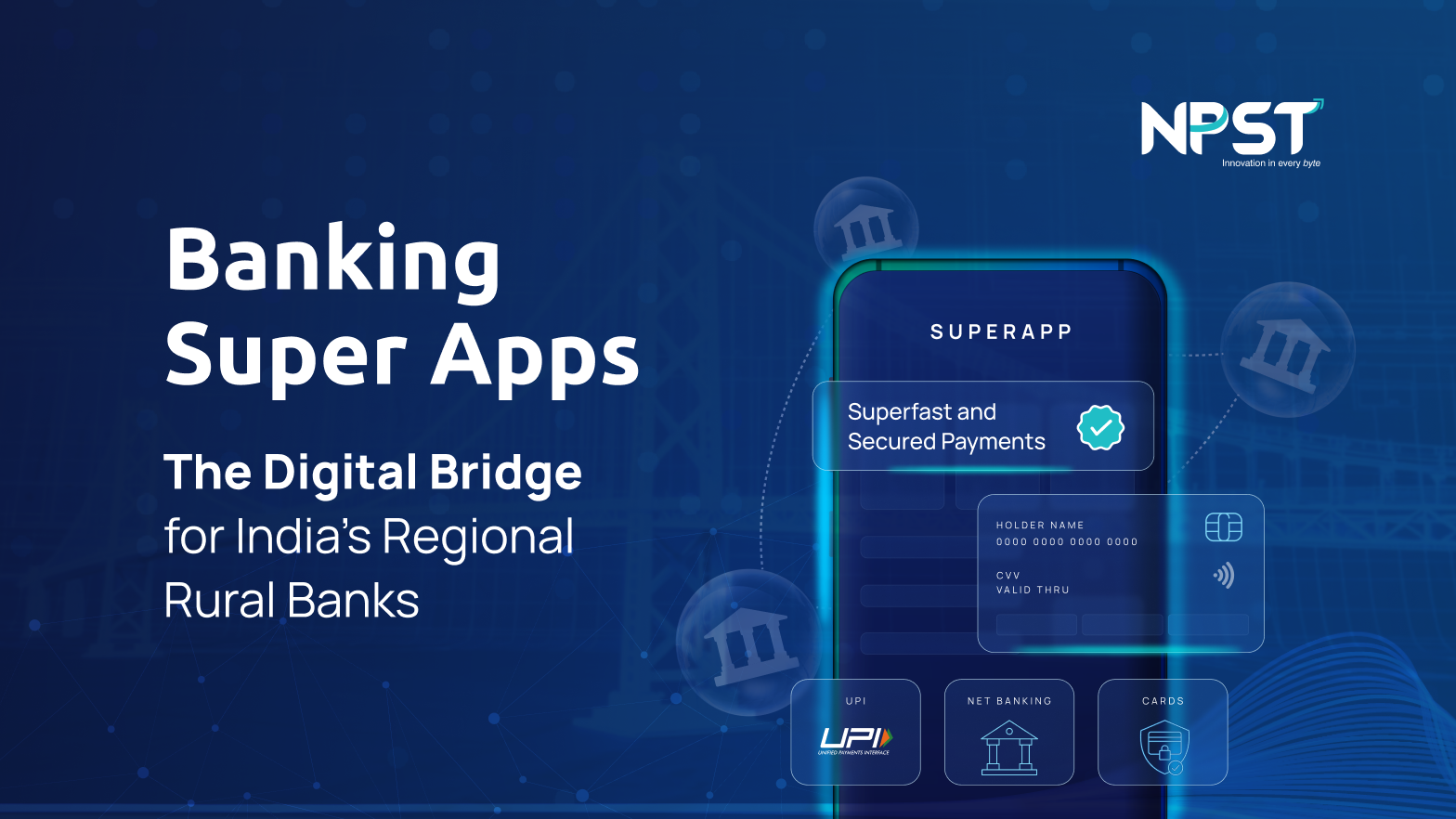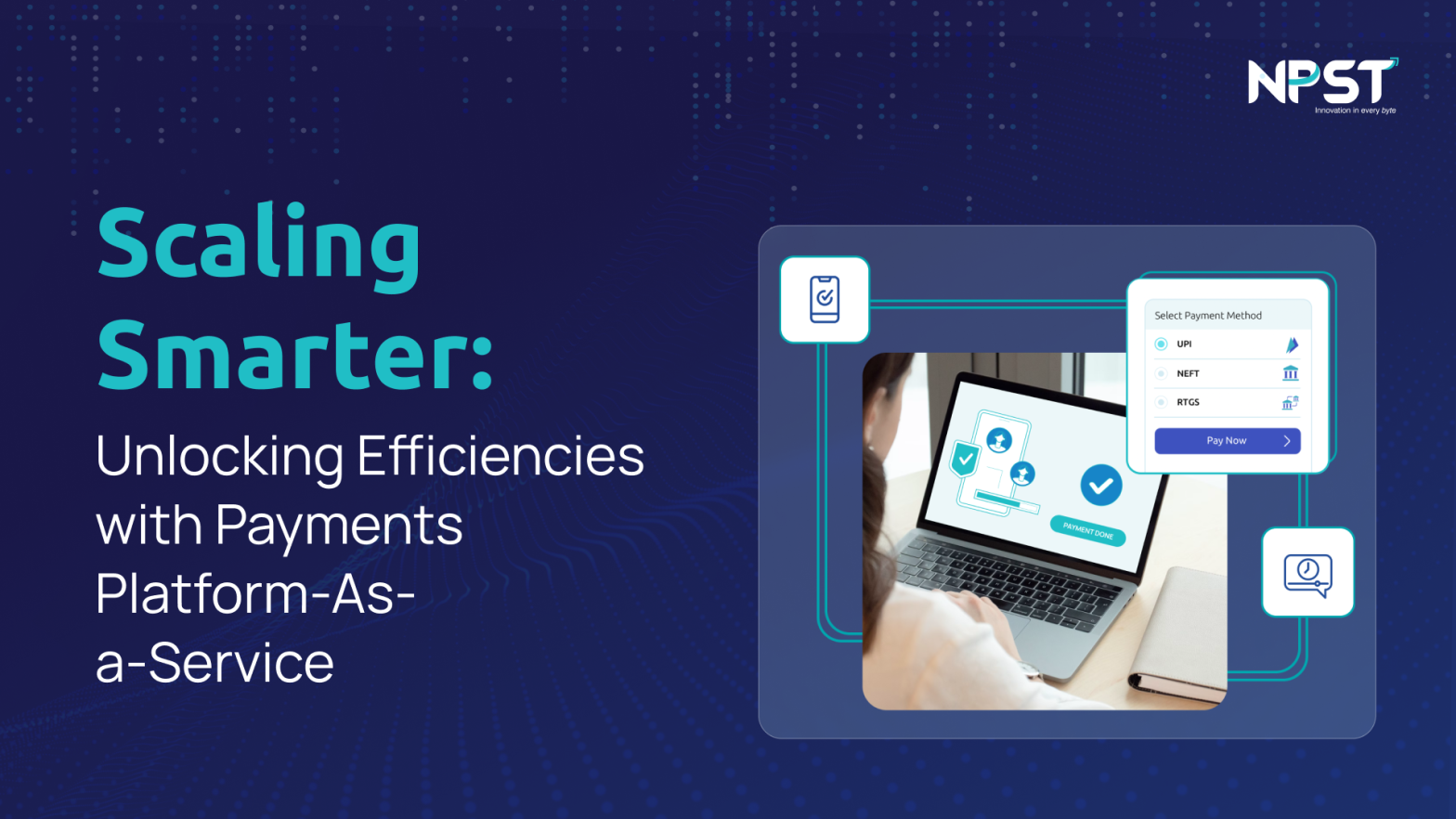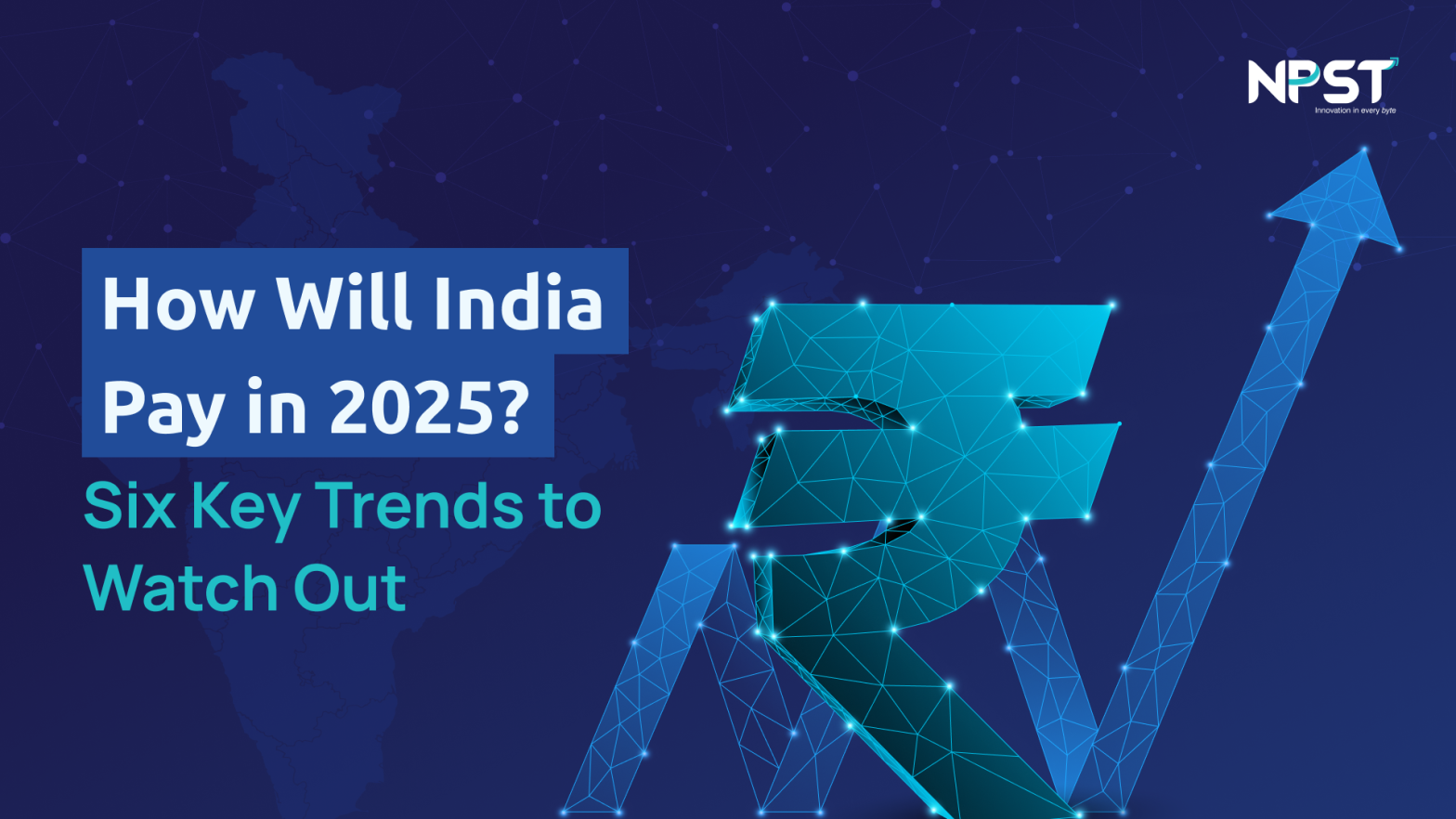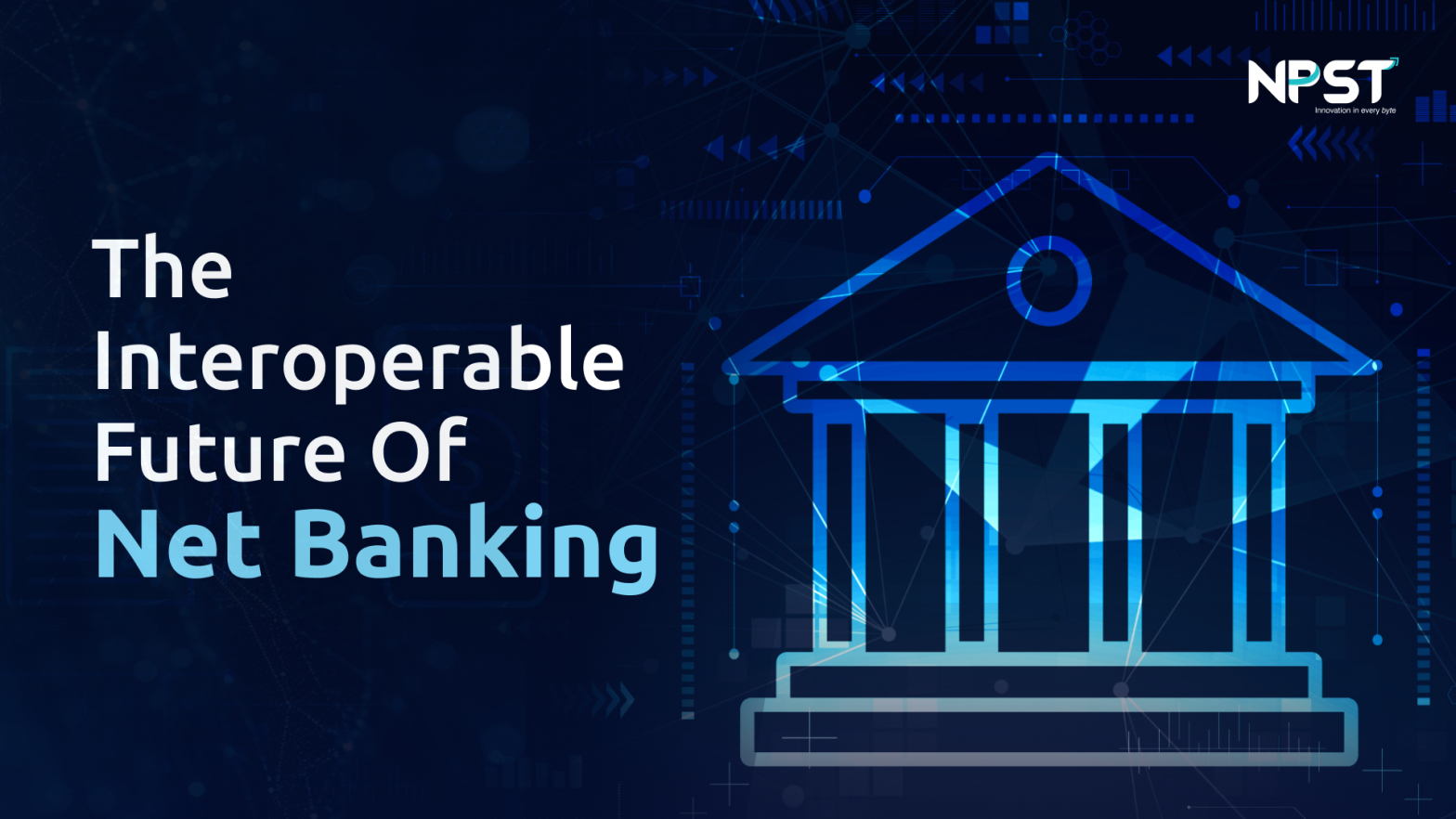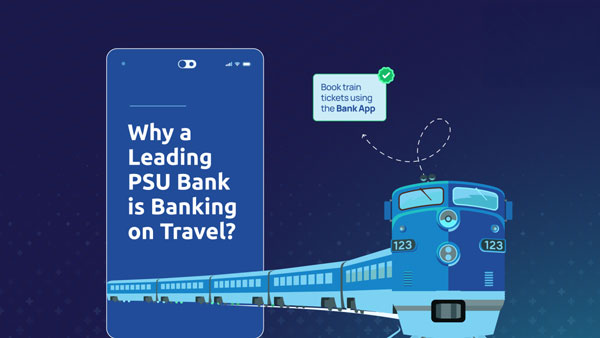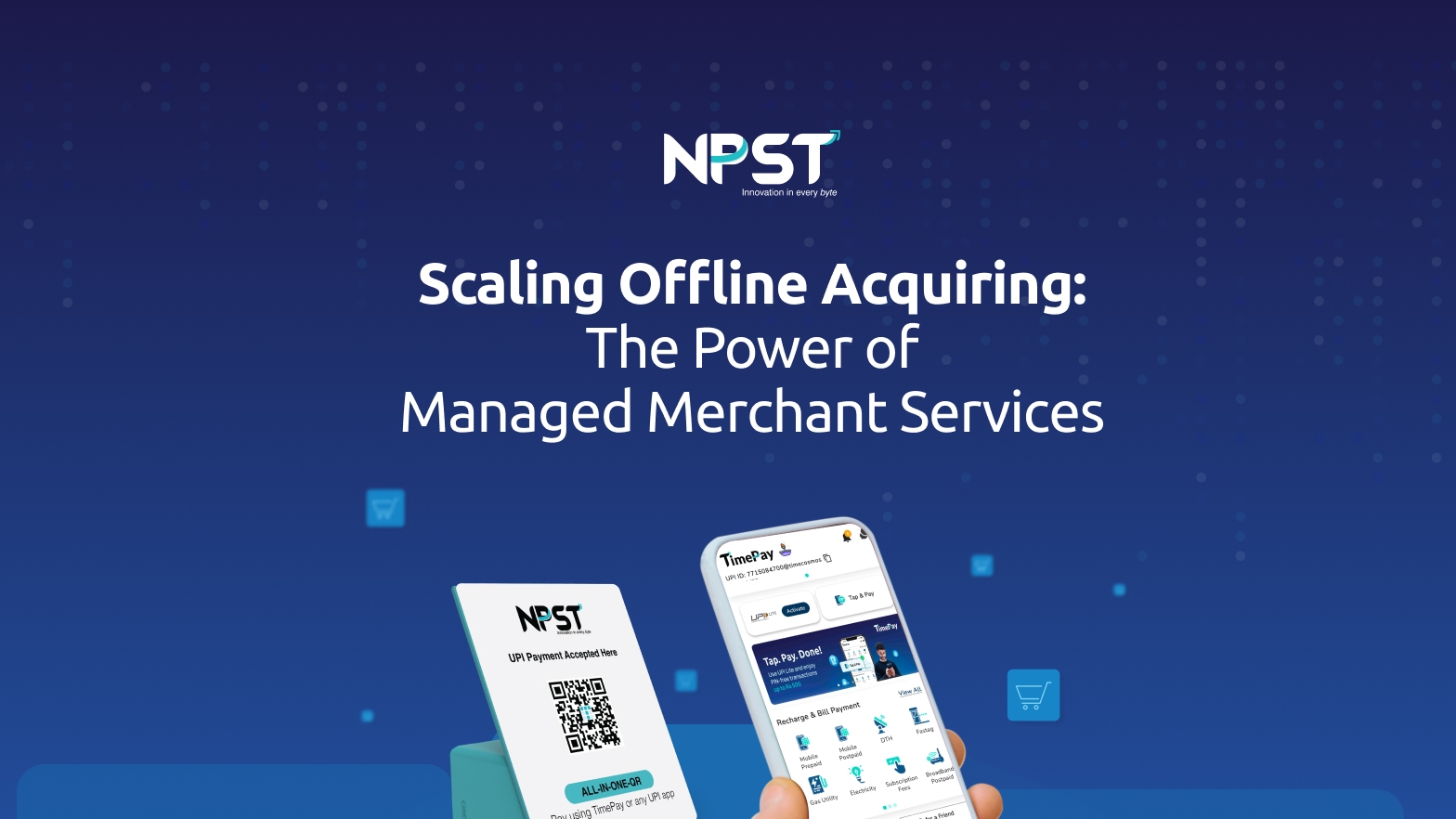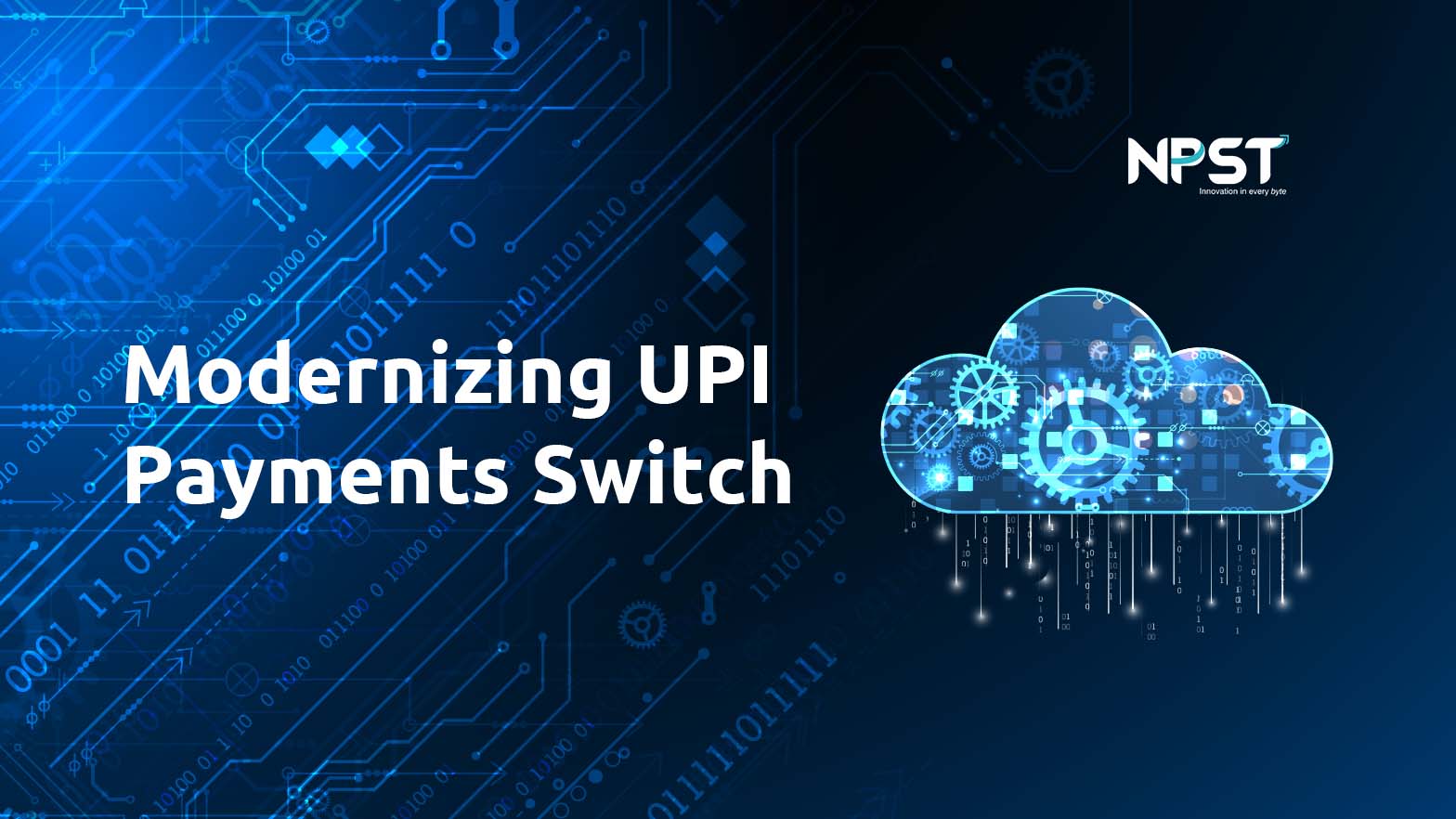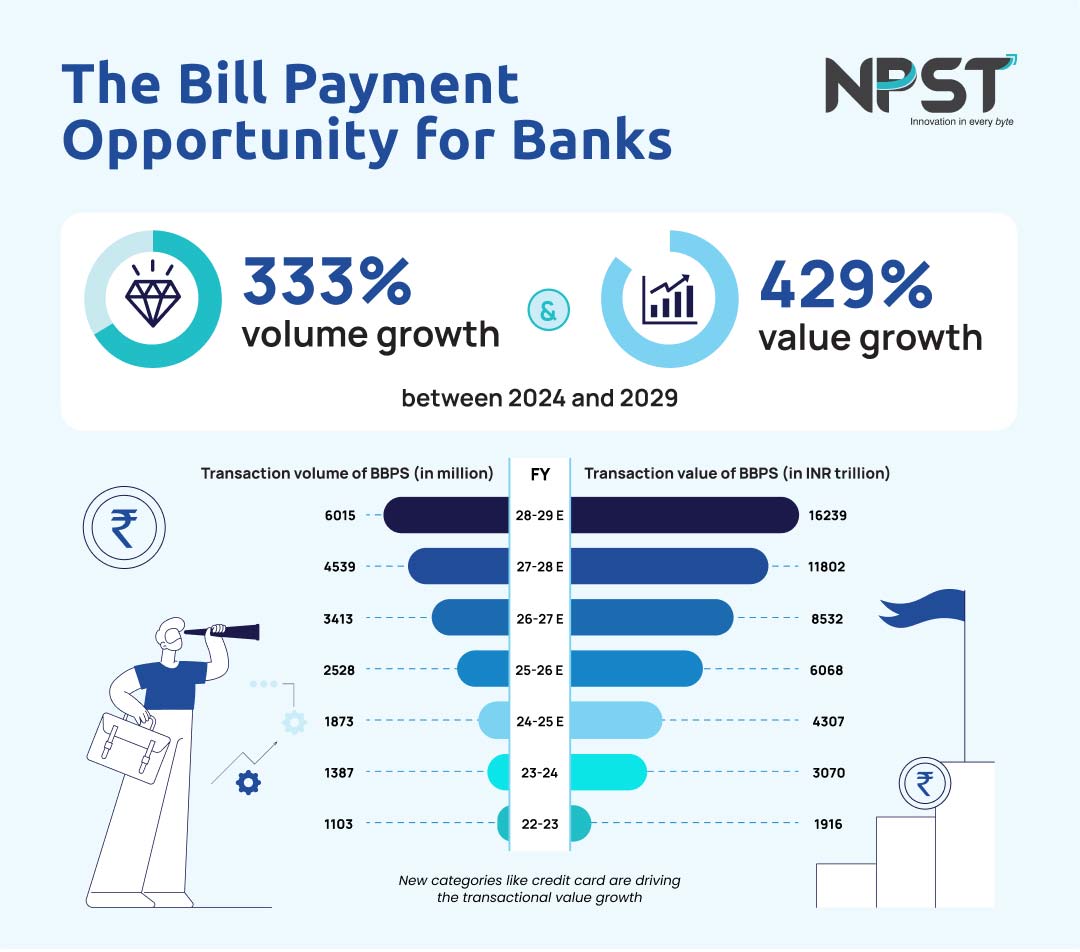A small sweets shop owner in Solapur dreams of fulfilling her daughter’s wish for a new laptop – a purchase she has been postponing for months. Despite managing her expenses efficiently, she struggles to secure credit due to the lack of a formal credit history. With no access to a credit card or a short-term loan, she finds herself stuck in a cycle where financial aspirations remain just that – aspirations. Hers is not an isolated story; it reflects the reality of millions of Indians who, despite being financially responsible, remain excluded from formal credit systems. Now, imagine a future where access to credit is no longer a privilege for the few but a readily available resource empowering individuals and businesses alike. This vision is now within reach, powered by the Reserve Bank of India’s (RBI) decision in 2023 to permit pre-sanctioned Credit Lines On UPI (CLOU). More than just another fintech innovation, CLOU has the potential to unlock India’s economic potential and bridge the long-standing credit gap that has hindered inclusive growth.
India’s Credit Paradox
India, one of the fastest-growing economies, faces a stark credit paradox. While the formal financial system has expanded, it remains inaccessible to a vast majority. As of October 2024, India had only 104 million credit card users out of a population of 1.4 billion. Traditional credit instruments like credit cards and formal loans cater primarily to urban, salaried individuals with established credit histories, leaving millions of potential borrowers underserved.
For a Tier 3 town, the credit gap isn’t just about financial limitations, it is about missed sales for businesses and a better quality of life for consumers. Bridging this divide requires an inclusive, scalable, and technology-driven solution—one that CLOU is poised to provide.
The UPI Revolution and the Rise of CLOU
UPI has already transformed how India transacts, making real-time digital payments ubiquitous. With over 350 million active users and accounting for more than half of India’s real-time digital transactions, UPI is the backbone of the country’s digital economy. In December 2024 alone, UPI processed a record 16.73 billion transactions, with 38% of adoption driven by rural and semi-urban areas, according to an EY report. CLOU builds on this success by integrating pre-sanctioned credit lines into UPI, creating a seamless and inclusive credit ecosystem.
CLOU stands out for its accessibility, affordability, and scalability. Unlike credit cards, which require formal credit histories and cater primarily to urban elites, CLOU leverages UPI’s vast network to extend credit to underserved populations. It removes the barriers of physical cards, extensive paperwork, and slow approvals, enabling users to access pre-sanctioned credit lines instantly through their smartphones. Additionally, CLOU’s real-time disbursement and lower operational costs make it a cost-effective solution for both lenders and borrowers. For lenders, CLOU opens up a massive, untapped market without the costs of traditional credit distribution. Businesses are also the beneficiaries of the initiative as it enables them to increase profitability by capturing the sales that would have been missed in absence of CLOU.
Notably, a study on credit success via UPI found that in regions with high UPI adoption, loans to new-to-credit borrowers grew by 4%, and loans to subprime borrowers grew by 8%, without an increase in default rates. This highlights CLOU’s ability to provide responsible credit access while minimizing risk.
CLOU’s rapid adoption signals a financial revolution. Within months of its launch, credit transactions on UPI surged close to ₹10,000 crore monthly, with ₹100-200 crore attributed specifically to CLOU. While RuPay credit card-linked UPI payments currently dominate, the groundwork is laid for exponential scaling. Experts predict that CLOU could exceed $1 trillion in transaction value by 2030, driven by rising credit demand and India’s accelerating shift toward digital payments. With over 30 crore users and 3 crore merchants set to benefit, CLOU is poised to reshape India’s credit landscape.
Expanding Financial Access Through Strategic Collaborations
The scale of the credit gap on India entails banks partners with Fintechs to bridge the gap between traditional banking and cutting-edge digital solutions.
While banks bring regulatory expertise, trust, and an extensive customer base, FinTechs provide agility, deep-tech innovation, and seamless digital experiences that accelerate the adoption of digital credit. A recent example of this synergy is NPST’s collaboration with a leading bank, where NPST enabled the launch of pre-sanctioned credit lines via UPI within the bank’s mobile application.
Another landmark collaboration underscoring the critical role of FinTechs in the evolving credit landscape is NPST’s partnership with Hyperface, Asia’s first Credit-Cards-as-a-Service platform. This partnership is set to revolutionize credit access by enabling instant credit issuance via UPI, simplifying digital lending for banks and empowering customers with accessible financial solutions.
Why CLOU is a Win-Win for Banks
CLOU is not just a game-changer for credit seekers, it is also a significant opportunity for banks. By integrating credit lines into UPI, banks can expand their customer base beyond traditional borrowers. More importantly, CLOU enables banks to tap into the massive, previously underserved market without incurring the high costs of traditional credit distribution. This model not only enhances financial inclusion but also creates new revenue streams through transaction fees, interest earnings, and partnerships with fintech firms. By embracing CLOU, banks can position themselves at the forefront of India’s digital credit revolution while achieving sustainable growth.
A Catalyst For Inclusive Growth
CLOU’s success will be defined by its ability to transform credit from a privilege into a catalyst for economic empowerment. By bridging the credit gap, it paves the way for a more equitable and inclusive financial system, ensuring that underserved individuals – whether small business owners or salaried professionals in Tier 1 cities or rural areas—can access financial opportunities.
As we look to the future, the question is not whether CLOU will succeed, but how quickly can we scale it to reach every corner of the country. By embracing collaboration, innovation, and a shared vision of financial inclusion, we can transform India’s credit landscape and ensure that no one is left behind.


